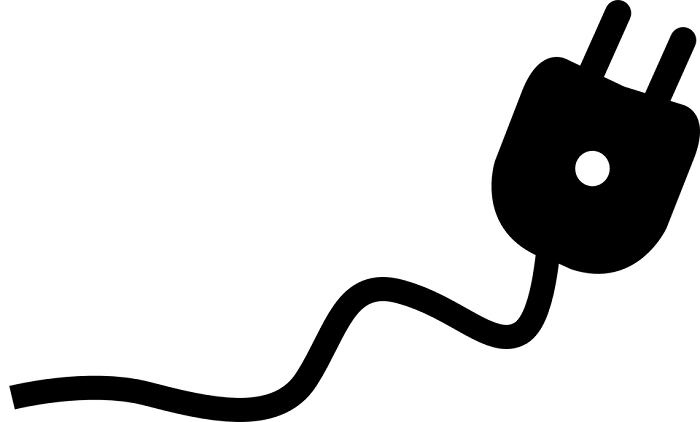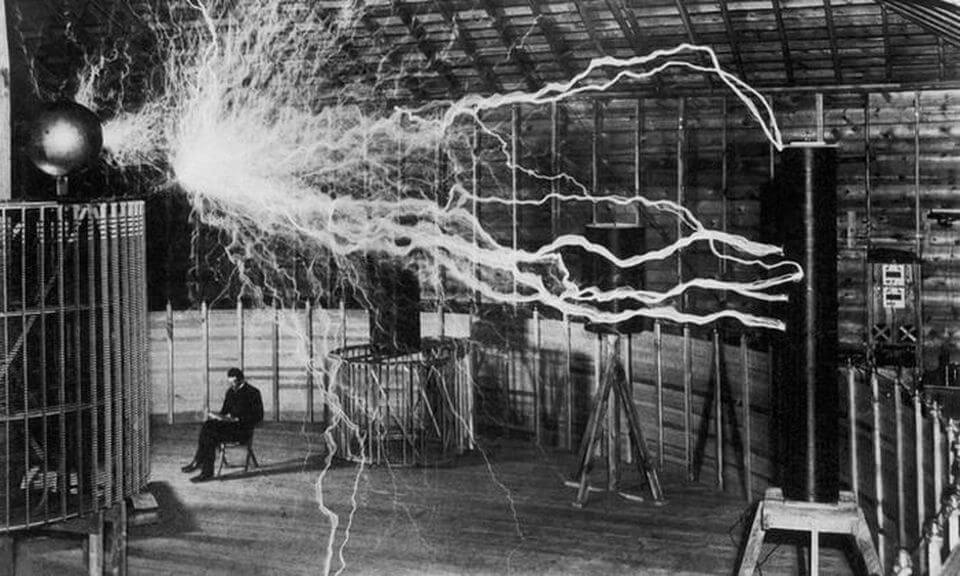What is Ohm’s law and where is it used? Examples of the use of ohm’s law in our daily life, information about the usage areas of ohm’s law.
Volts, Amps and Ohm’s Law
Ohm’s Law, named after the Bavarian mathematician and physicist George Ohm, reveals the relationship between voltage, current and resistance. Voltage is measured in volts, current in amps or amps, and resistance in ohms. When the value of two of these three forces interacting directly and affecting each other is known, the third can be calculated. So why is Ohm’s law so important? This simple equation allows us to understand the nature of electricity by analyzing the way circuits work. It is also applied to the human circulatory system, allowing us to better understand blood circulation.

Source: pixabay.com
TWO AND TRIPLE PLUGS
End-to-end grounded plugs have a direct ground connection, preventing electric shocks by transferring stray electricity to the ground. When you examine a three-prong plug, you will see two flat metal prongs on the left side that are larger than the right side and a round prong on top of them. The left “neutral”, the right “charged”, the stand-alone “ground” terminal, (two-prong plugs do not have this ground terminal.) When you plug in a power tool, electrical current flows from the charged terminal to the neutral terminal, completing the circuit. prong sockets work the same way. So why connect the ground wire to the triple sockets? Because the ground line prevents electric shocks by ensuring that the current is safely discharged to the ground in case of a short circuit. Instead, fuses blow or the automatic switch cuts the electricity.
Triple plugs are especially important on metal-cased power tools. If a wire inside comes out and touches the metal case, the third terminal prevents electricity from passing to the case and electric shocks.

EDISON VS. TESLA
If there is a war between alternating current and direct current, it started with Nikola Tesla and Thomas Edison. When electrical power was first distributed to homes, the distribution method chosen was Edison’s direct current system. Naturally, Edison wanted this system to continue because he would continue to hold the license on the system. Tesla, who was in favor of alternating current, claimed that direct current was inefficient. He pointed out that alternating current could transmit a larger amount of current farther and could be adjusted to be stronger or weaker as needed. Edison, on the other hand, argued that alternating current is inherently dangerous, and he went so far as to electrocute an elephant to prove his claim. The main difference between alternating current and direct current is the way electric current flows. Direct current always flows in the same direction from positive to negative and does not change. Alternating current, on the other hand, can be changed up to 50-60 times per second depending on where you live in the world (the frequency unit of this change is Hertz).
Tesla had determined the most suitable frequency for energy transmission as 60 Hz. But when Europe’s first power plant was built in Germany, engineers chose to apply 50 Hz, and most of the world followed suit. Despite the dominance of alternating current, there were places where direct current continued to be used throughout the 20th century. Among these was Greenwich Village, whose direct current supply only ceased in 2007.
ELECTRICAL INSTALLATION AND ELECTRICAL NETWORK
The lights turn on with a touch of the power button. Most people don’t worry about it unless the power goes out. However, electrical energy is delivered to us by a very large and complex network. The process starts with a rotating turbine in the power plant, the alternating current electricity produced by the plant is sent to the step-up substation, where it is converted into high-voltage electricity to be transferred over long distances by a three-conductor system. Then it is “pulled down” in the distribution network at the step-down substation, that is, its voltage is lowered. While the electricity is sent where it is needed, its voltage is increased or decreased according to the situation through switches and buttons.
Some networks also use a distribution bus to transmit electricity. The buses have various switches and regulators that prevent the voltage from getting too high or too low. In order for the electrical power to reach the end users (consumers) in the distribution networks, the level of 33 thousand or 15 thousand volts is reduced to the low voltage level of 400/231 volts in the transformers.

Source: pixabay.com
COPYING MACHINE
The modern copier was born in 1959, with Chester Carlson’s Haloid Xerox9l4 machine. This machine was copying on untreated plain paper. This was a huge improvement over time-consuming copying tools that required messing around with carbon paper, duplicator, and hectograph. Haloid Xerox 9 14 created both the Xerox Company and the concept of xerography, which consists of two ancient Greek words for dry and writing.
Today’s high-speed, clean-running copiers take advantage of two fundamental principles: Oppositely charged materials attract each other, and certain elements conduct electricity better when exposed to light. A halogen lamp inside the copier illuminates the original document to be photocopied. Selenium atoms respond to electrical changes between the white and black regions of the document. White areas lose their electrical charge, while black areas retain it. The resulting shape is translated into an electrical version of the image. Next, the loaded ink powder, called toner, is rubbed onto the roller. These dusts are attracted by the charged (dark) areas and adhere to the paper through heat. The result is an almost perfect copy of the original image. The quality of the copy also depends on the type of paper used.
LASER PRINTER
The working principle of a laser printer is very similar to a copier. The computer sends the information about which document to print to the printer in data form. Next, the laser beam from the printer “draws” an image of this data onto the photosensitive platen.
The surface of this roller is loaded. However, it loses its charge when exposed to laser beam. One of the rollers collects the oppositely charged toner and spreads it on the roller. Toner particles adhere to these charged areas and are then transferred to paper passing through a melter. The heat pressure inside the melter fixes the toner carrying the image onto the paper surface. Finally, a rotating brush cleans the toner residue on the roller. This process prevents “ghost” images and ensures that subsequent prints are flawless.
INKJET PRINTER
An inkjet printer uses the same process as a laser printer to create an image and transfer it to paper. The difference between the two is the method of transferring the data to be copied to paper. An inkjet printer uses small nozzles that spray dots onto paper. These dots integrate as words, numbers and images like an impressionist painting. The quality of inkjet printers is often measured in units called dots per inch (dpi)—the higher the dpi, the better the quality of the printer—and depends on the number of nozzles in the printer. More nozzles means the printer moves faster across the paper while printing. Also, the size and shape of the nozzles affect the size and quality of the ink drops. Early inkjet printers often produced blurry and smeared images, but quality ink cartridges eliminated that problem.

Source: pixabay.com
HYDROELECTRIC
Using water as an energy source is not a new method. It’s something we’ve been doing for centuries. For example, we know that the Chinese used water wheels as early as 31 BC. In fact, it is possible to think of the hydroelectric power plant as a giant water wheel. Since the force of gravity plays an important role in bringing the water from the source to the turbine, many hydroelectric power plants are built in the mountains, near waterfalls, or behind dams built to trap water to release its force when needed. It is directed to the turbine through a channel. The water rotates the large turbine blades, causing the shaft inside the electric generator to rotate and generate electricity.
Hydroelectric engineers don’t just focus on harnessing the energy of dammed rivers, waterfalls, and waterways. Others are also interested in utilizing wave energy. Waves actually contain a large amount of energy. Of course, water has its own force, but waves are created by the wind hitting the water. This wind also has energy and is stored in waves. Engineers in Japan and Norway have created devices that generate wave energy, called oscillating water columns, to release this energy.